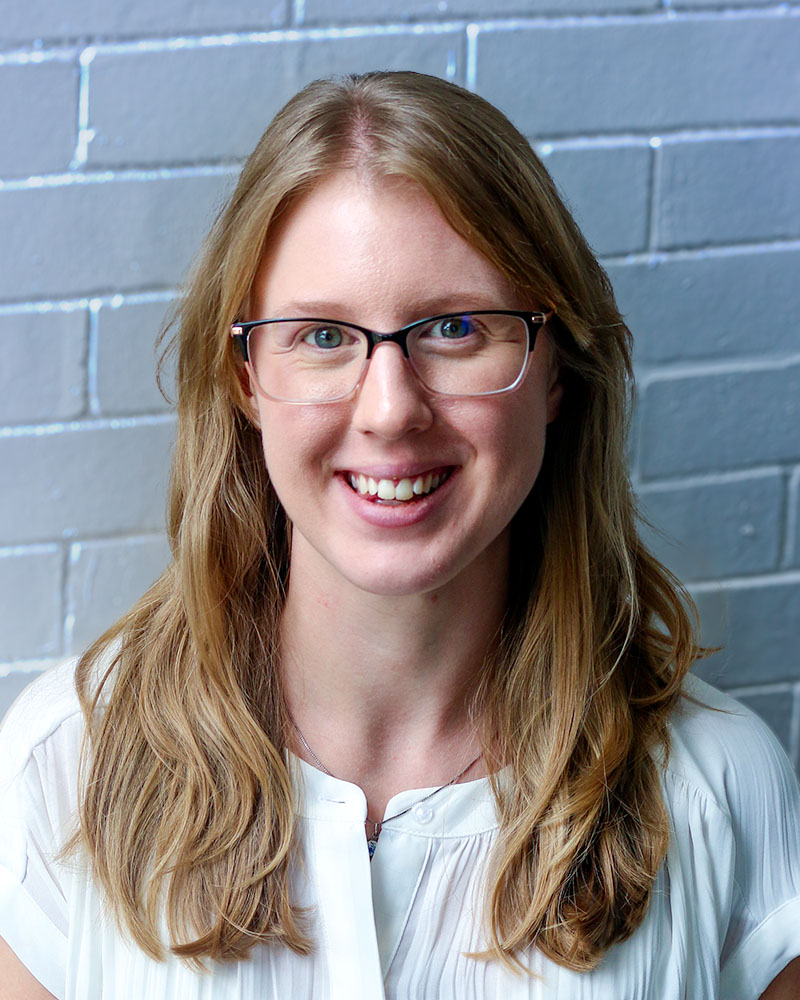
Insight
Market Research Recruitment:
4 Best Practices to Ensure You’ve Got the Right Participants for Your Next Study




There are many pressing issues facing market research recruitment that organizations often struggle to address. Concerns around data quality and feasibility are present in nearly every study. Although these challenges are not new to the industry, there are some strategies we use here, at Sylver Consulting, to avoid the bulk of these issues. Read on to discover how we set our studies up for success by devising solid recruitment strategies.
Designing a sample for studies is often a balancing act between achieving the “ideal” sample and maintaining feasibility. Before every recruit, we carefully examine the business objectives and goals of the project. We work closely with our clients at this stage, listening intently to their needs, desired research quotas and what they hope to get out of the study. Then we use these conversations to construct a participant sample that best supports those needs, while remaining feasible.
Once a participant sampling plan has been established, we then dive into the nitty-gritty of defining recruitment criteria. It’s at this stage we answer questions around eligibility and what specifically qualifies someone for a study vs. not.
It can be tricky to pin down exact specifications when planning a recruit. It often requires a great deal of collaboration with our clients to help us understand who the target audience ought to be. It also requires transparent conversations around what our client knows as fact (meaning it is backed by data) around who the ideal participant is for this work scope vs. what they intuitively feel might be the type of client they are hoping to appeal to.
This parsing of fact vs. intuition (or assumption) is key to defining what we treat as absolutes in the recruitment process vs. what we treat as ideal (yet are willing to pivot on if we find the incidence of these people being lower than anticipated). Ultimately, we are trying to strike a balance here too. Recruitment criteria needs to be narrow enough to obtain insights from the desired audience, but wide enough so as not to negatively impact incidence rates (IR). Being reasonable is crucial at this stage to ensure the sample reflects reality.
In my time at Sylver Consulting, I have come to understand that writing recruitment screeners is a fine and delicate art—the importance of which should never be overlooked or underestimated. First and foremost, screeners inform us of a respondent’s eligibility for a study, which makes them critical tools for identifying individuals who are best fit for the research.
But that’s not all.
Screeners are often the initial point of entry for participants into market research studies. If respondents have a bad experience at this early stage of the process, it’s unlikely they will want to take part in the study at all. So it’s equally important that this first touch point is a good experience for them.
Consequently, recruitment screeners act as both a calling card for the study as well as a means of collecting the necessary data from respondents.
We satisfy these needs of collecting data and creating a positive respondent experience in a few ways:
We keep the number of screener questions to a minimum
For the best respondent experience, short and sweet screeners are the way to go. Participants often do not have the patience to sit through 8-10 minute long questionnaires without incentive. At this early pre-qualification stage, it’s not realistic (or fair) to ask respondents to do this extra leg-work with no reward.
Therefore we strive to design our screeners using only questions that are necessary to determine eligibility, avoiding questions that are “nice-to-haves.” It can be tempting to use the screener as an opportunity to gather insight. But we advise saving those types of questions for the discussion guide during the study.
Include an open-ended question
Including open-ended questions in screeners creates a great opportunity for respondents to really let their personalities shine. Open-ended questions also help to gauge articulation and expressiveness in potential recruits—which are often strong indicators of engaging participants!
With that said, respondents will fatigue quickly if too many essay questions are asked at the screening stage. That’s why in most cases we recommend limiting screeners to only one open-ended question. There are certainly instances where including more than one open-end is appropriate. But remember: the goal of a screener is to confirm eligibility. It’s not meant to be a source of insight or data beyond study qualification.
We employ a custom-recruitment approach at Sylver Consulting. No two projects are ever alike, and the same can be said for our recruits. For that reason, a great deal of thought is put into where we source our respondents.
Often, we rely on a multi-pronged approach to achieve those hard-to-reach targets. These tactics might involve using resources such as social media, email, online communities and panel suppliers. For hyper-local recruits we may also partner with community-based organizations, or use more traditional recruitment methods such as printed flyers or door hangers.
Before each project, we carefully determine which combination of these methods will produce the best results. Ultimately, whatever approach we decide is determined in large part by the target audience and the unique needs of the study.
At Sylver Consulting we pride ourselves on our ability to strategically plan recruits to best support the research needs of our clients. From early planning, to screener development, to participant sourcing, we are committed to meeting the challenges facing market research recruitment head-on.
Micaela Shoemaker is a driven and endlessly curious design researcher. Her knack for fine details, pattern recognition, and organization allow her to find the order in the chaos—whether that be making sense of large datasets or managing the many moving parts of complex projects. She has a hand in all phases of qualitative research including client management, moderation, data analysis, synthesis, and reporting. Micaela holds a B.A. in Mass Communication & Media with a focus on digital audience strategy from Arizona State University. 
5 Accessibility Factors to Consider when Designing Digital User Experiences
Interested in an Innovation Career?
Reach out to set up a free discovery call. On this call, we’ll get clear on your scope of work to be tackled, how your initiative ladders to a broader business goal of your organization, and assess — without attachment — if Sylver Consulting is a “best fit partner” to support you in your scope of work.